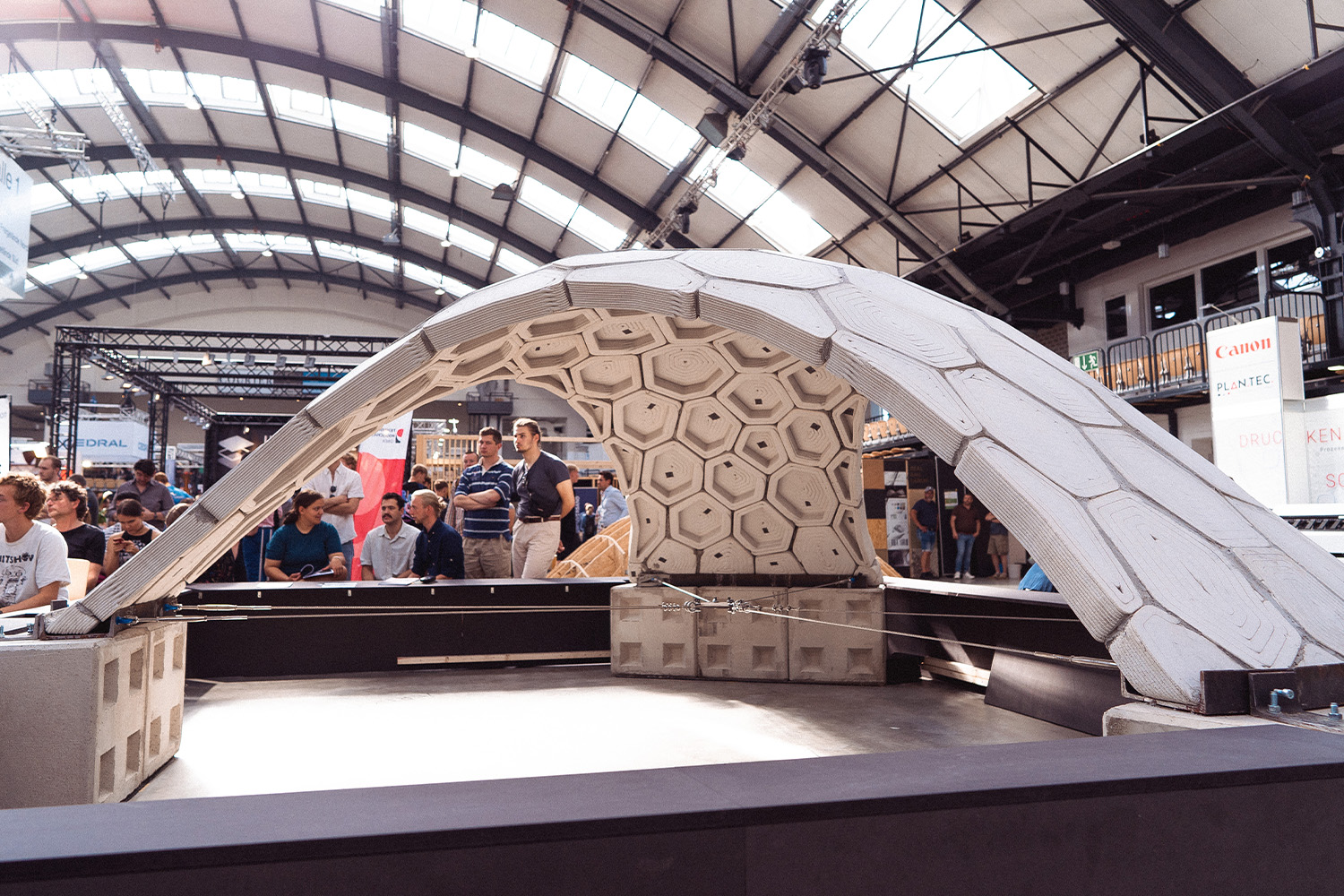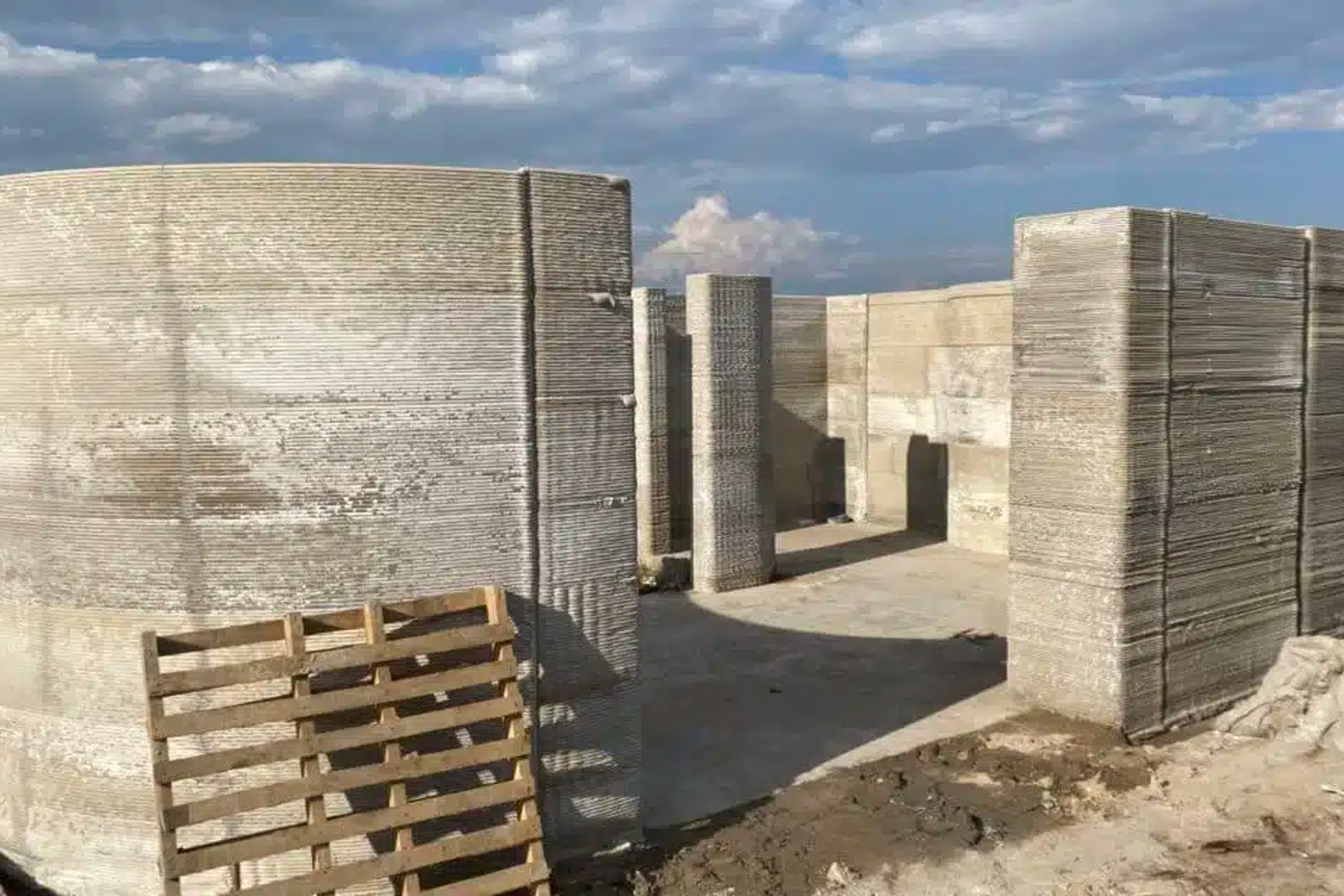Top Architecture Courses With Industry Experts at PAACADEMY!
3D concrete printing
Duality of Skin and Core: Striking 3D Printed Modular Column in Venice Biennale 2025
Carlo Ratti-curated Venice Biennale nurtures multidisciplinary teams fusing design, creativity, and technology to create innovative pieces of exhibits. ‘Duality of Skin and Core’,...
NTU Singapore Scientists Develop 3D Concrete Printing Method That Captures Carbon Dioxide
Scientists at Nanyang Technological University, Singapore (NTU Singapore) have developed a 3D concrete printing method that captures carbon, demonstrating a new pathway to...
3D-Printing Concrete – Studio Kristýna Uhrová
"3D-Printing Concrete" teaches how to design and create architectural elements for 3D concrete printing using Rhinoceros and Grasshopper.
3D Concrete Printing in Construction: Applications, Benefits and Challenges
Explore the transformative power of 3D concrete printing in construction. Discover how it revolutionizes design, reduces waste, and offers sustainable solutions through innovative...
3DLightSlab revolutionizes with eco-slabs, cutting CO2 emissions
Designed by SDU CREATE, 3DLightSlab reduces CO2 emissions by using stress-based design to create sustainable load-bearing slabs in the built environment.
Hexastone combines traditional architecture with 3D concrete printing technology
Professors Herrmann and Spaeth of the Technische Hochschule Lübeck, in collaboration with Vertico and Sika, developed Hexastone.
Hive3D Builders developed a strong and carbon-neutral cement alternative
Hive3D Builders collaborated with Eco Materials and Green Cement to create a low-cost geopolymer cement replacement that emits up to 93% less CO2.












